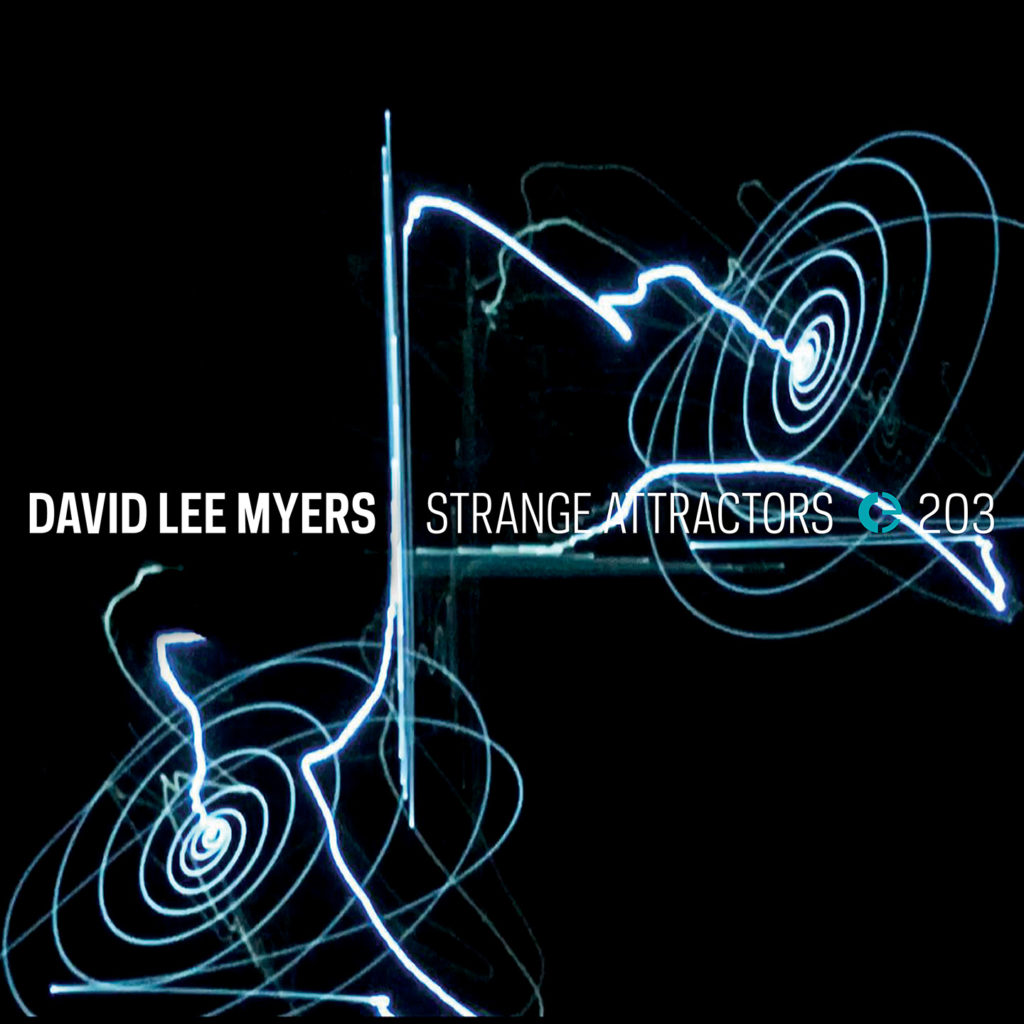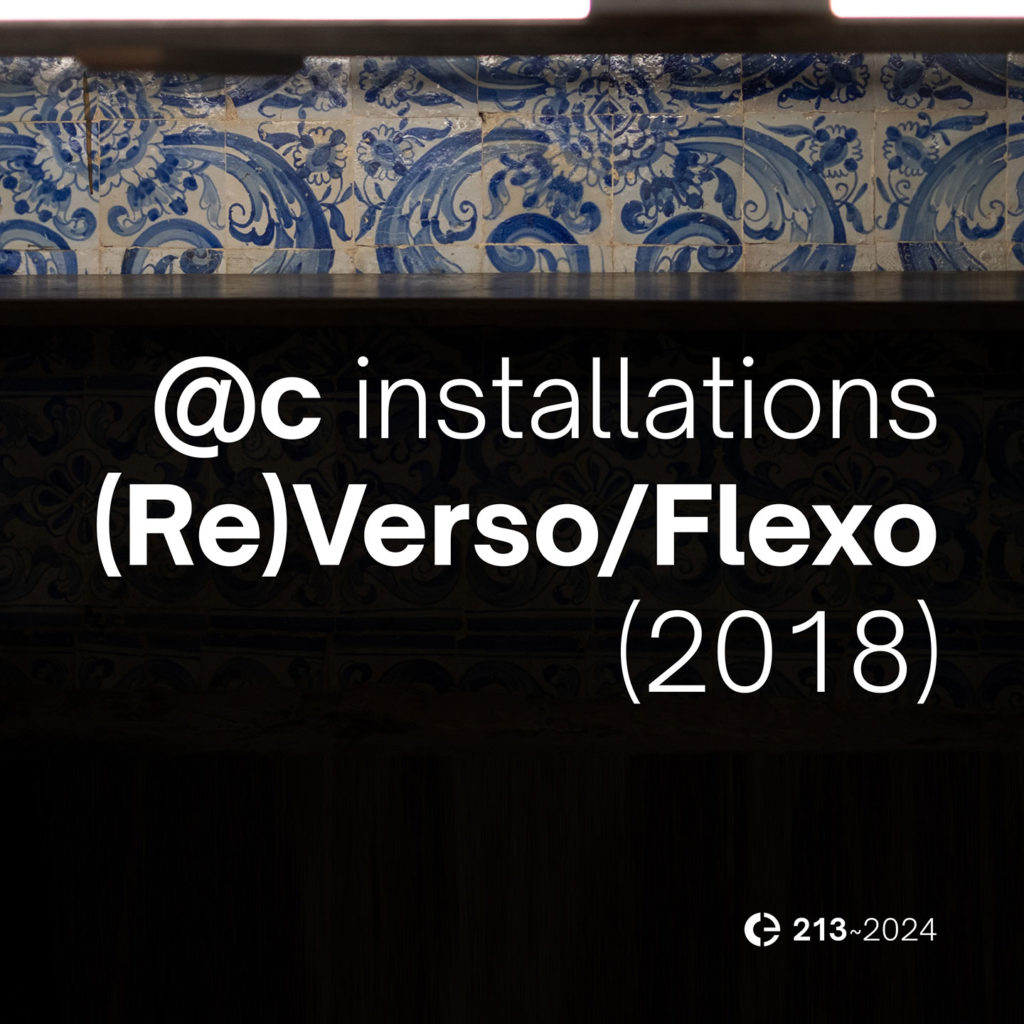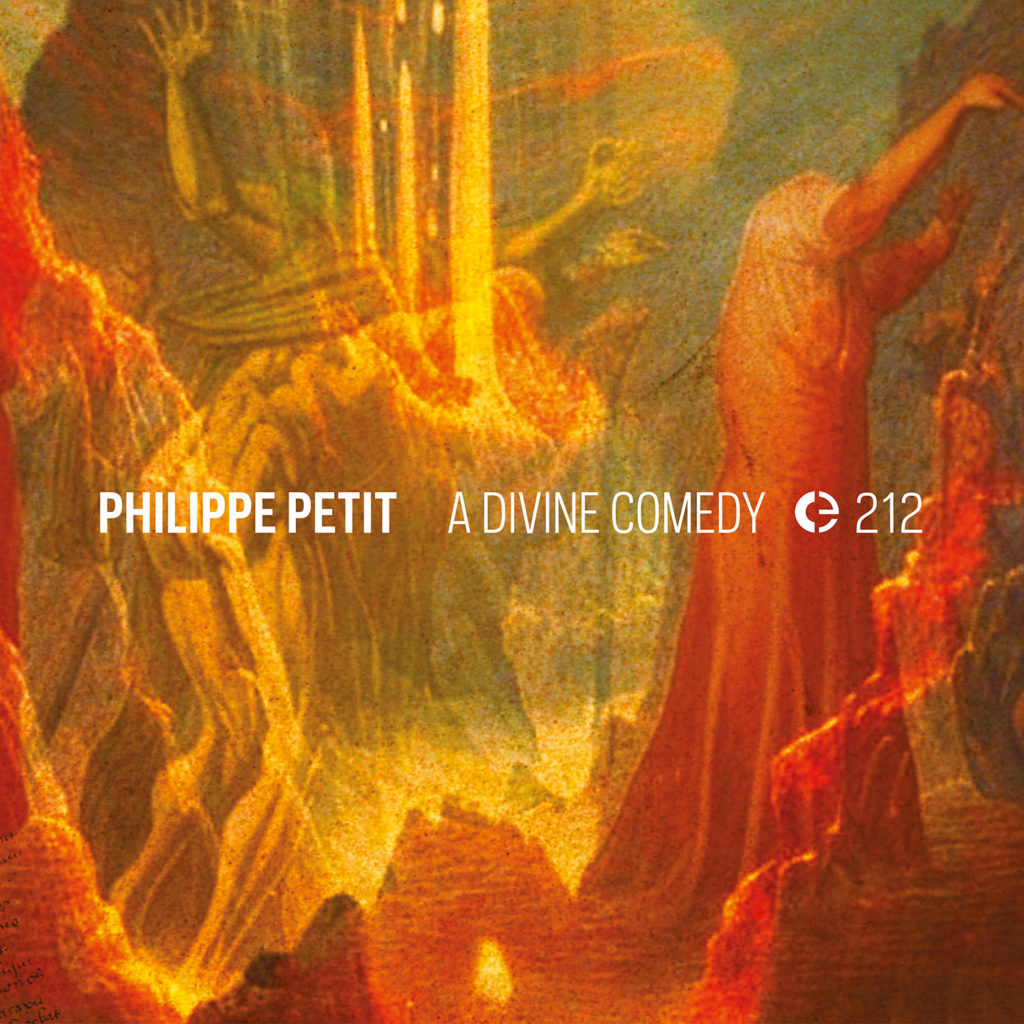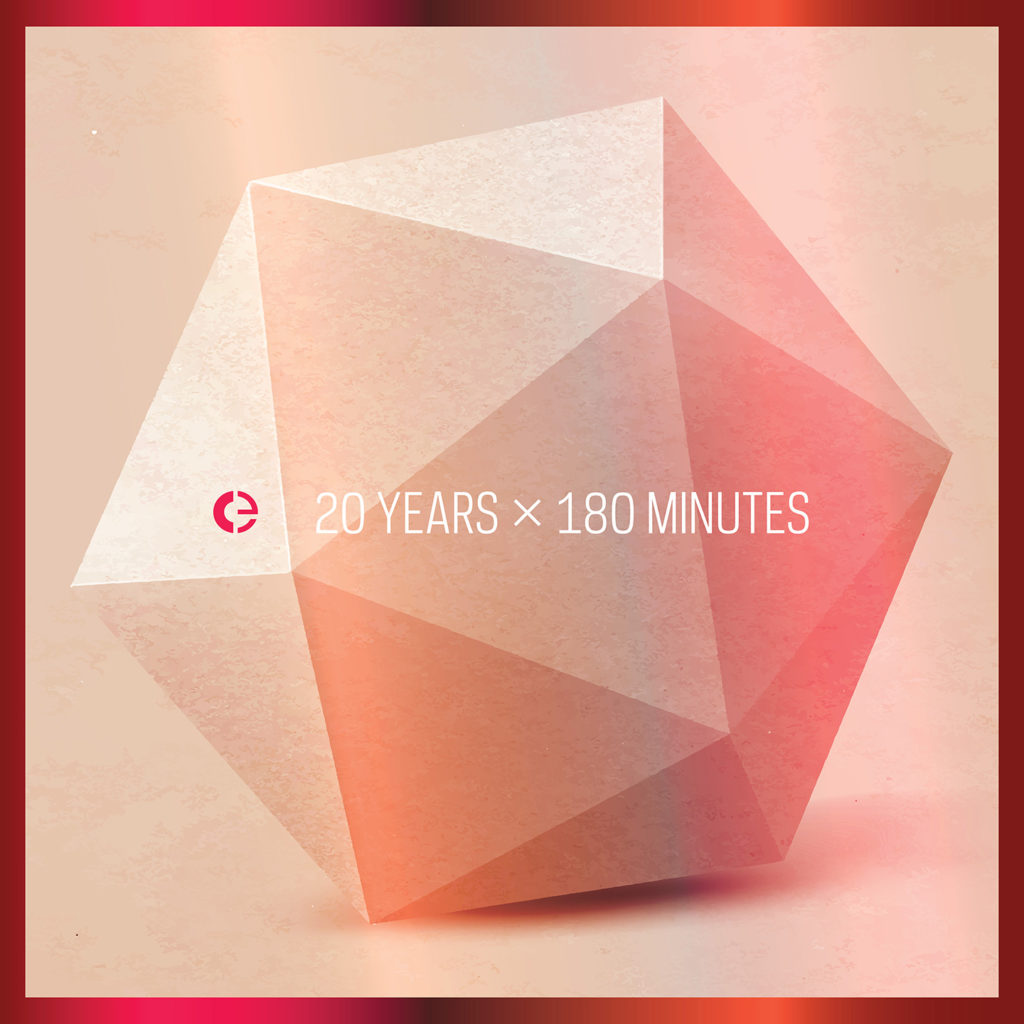
J’avais sélectionné ce disque, puis je l’avais écarté, déçu par quelques fragments. L’ayant écouté voici peu dans sa continuité, ce qu’on ne peut pas toujours faire, ou ce qu’on ne prend pas le temps de faire pour diverses raisons, j’ai été conquis. D’où sa réintégration dans ces colonnes.
Artiste visuel et sonore vivant à New-York, David Lee Myers, à son actif plus de soixante disques et des collaborations avec des grandes pointures de la musique électronique comme Merzbow ou Tod Dockstader, écrit ce qu’il nomme une musique à déplacement temporel en utilisant un mélange variés de retours (feedback), d’autres sources de bruits et des sons trouvés qui sont retardés, retraités, déplacés. Depuis l’introduction des unités de retard à bande, David Lee Myers est fasciné par le fait de prendre un moment du temps, de le stocker puis le déplacer et le plier sous différentes formes.
Fermentations chaotiques du Temps
L’album comprend quatre pièces, chacune entre treize et dix-neuf minutes environ. Quatre immersions dans une musique infiniment fluctuante. “Equality of Powers” pose les fondements d’un univers composé de couches rayonnantes, animées, hantées par des bruits enchâssés dans le flux chatoyant sous-tendu d’un chevauchement continu de drones. On reconnaît la touche Dockstader à la manière dont la musique semble générée par des ondes courtes, leur superposition et leurs conflits incessants, le tout ramené vers l’égalité par le mouvement perpétuel dans lequel il est emporté. Le temps est incessante variation, recomposition, il n’existe que dans le mouvement, l’instant de son émission.
De longues sinusoïdes caractérisent le début de “Iniquities”, pièce dans laquelle le temps se met à rutiler, à émettre des merveilles sonores en forme de tournoiements, de vrilles frangées de particules lumineuses. On est au cœur de cet album, on s’enfonce dans une forgerie de splendeurs foisonnantes. C’est notamment ce deuxième titre qui a motivé mon “repentir”. On croit même y entendre, fugitivement, des voix intérieures…
La suite est tout aussi prenante, encore plus au casque. Un monde de vibrations radieuses, de pulsations de drones, de déchirements internes crée un enchevêtrement sonore incroyable. Pas de place pour le vide ou le silence, même lorsqu’un long drone monopolise l’attention dans la dernière partie de “With Perfect Clarity”, car très vite il est parasité par des surgissements bouillonnants, d’étranges attracteurs. Au bout de l’immersion, il y a “Yet Another Shore” (Encore un autre rivage), et, du chaos la lente émergence d’orages magnétiques tapissés de drones abyssaux, et ça fulgure, nom de Zeus ! C’est au-delà encore que se tient une majesté intermittente, voilée de brumes lourdes, une force d’arrachement dont le rayonnement est terminal.
Une musique électronique, expérimentale, d’une superbe puissance.
Dionys via Inactuelles






